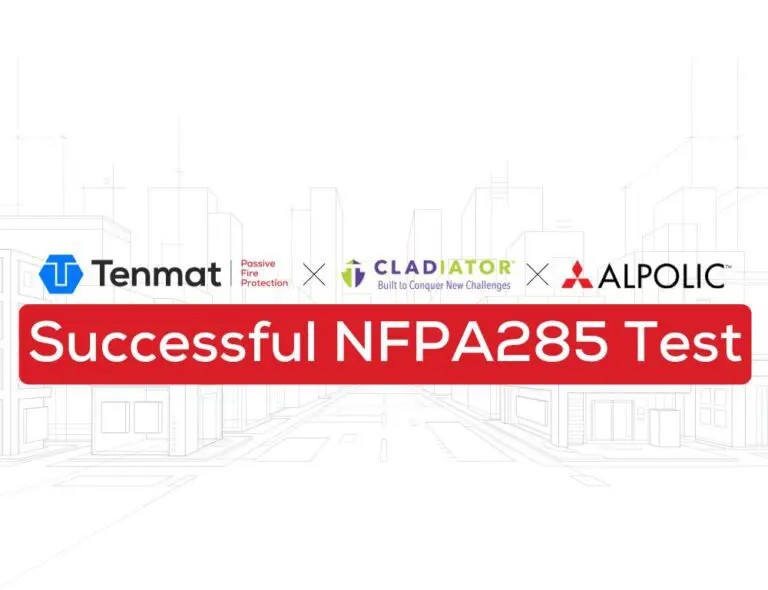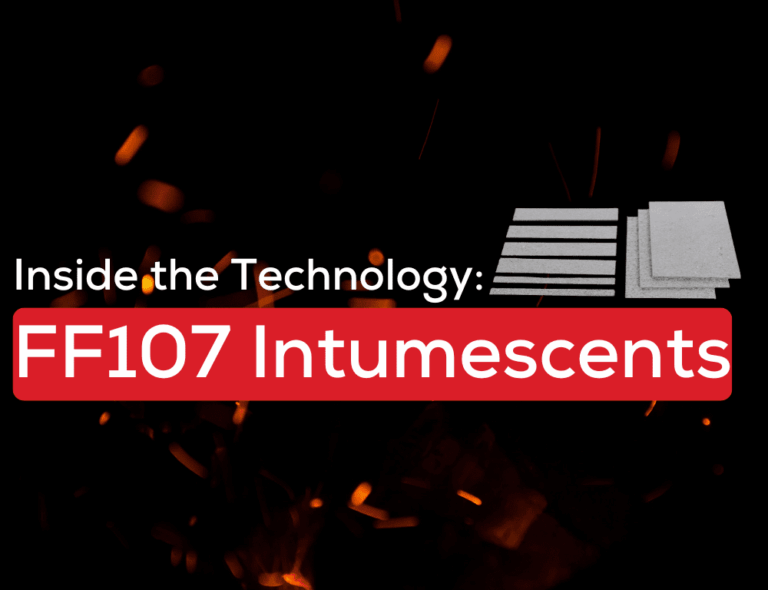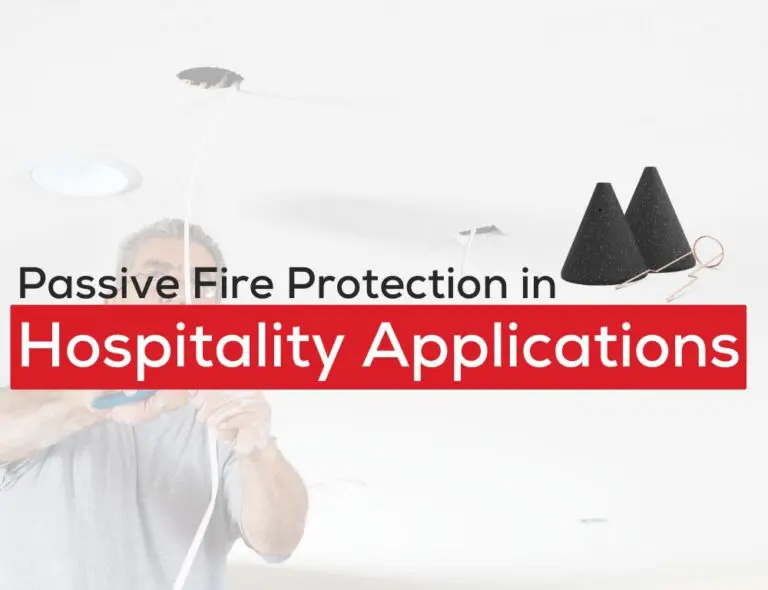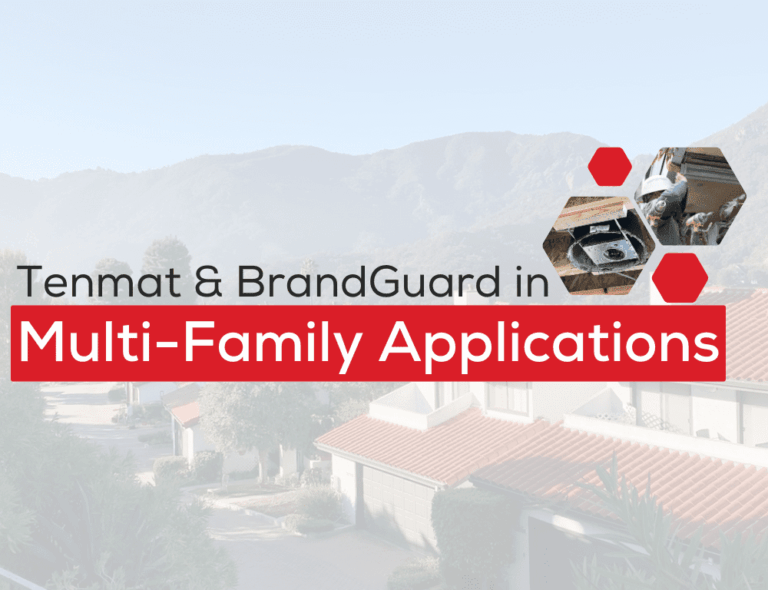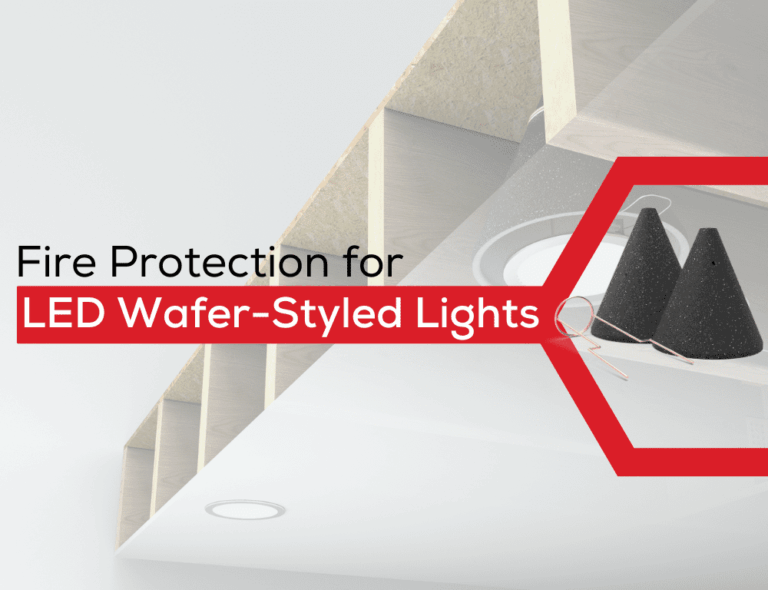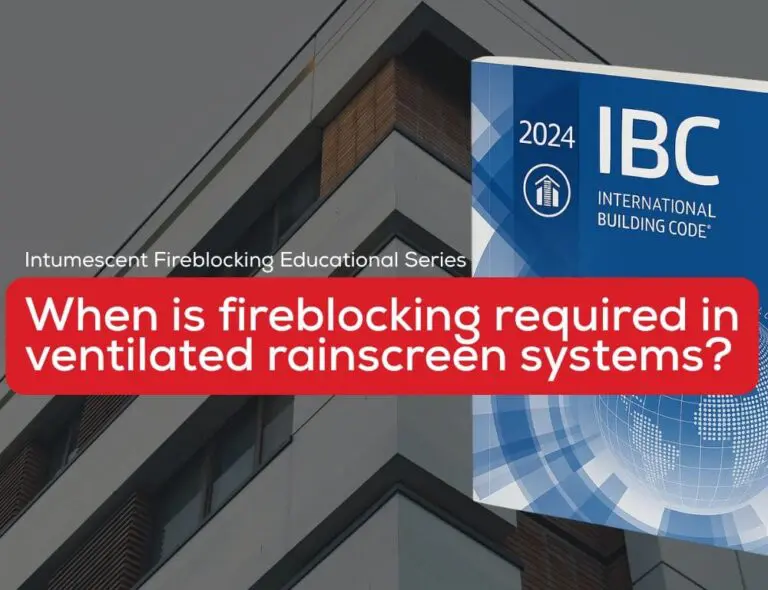
When is fireblocking required in ventilated rainscreen systems?
Understand the different criteria in a modern façade application that would trigger the requirements for fireblocking in exterior wall covering assemblies. When constructing ventilated rainscreens, these systems


